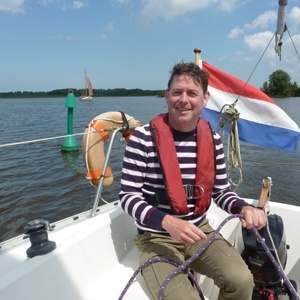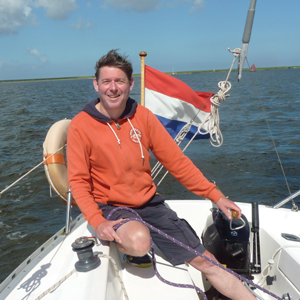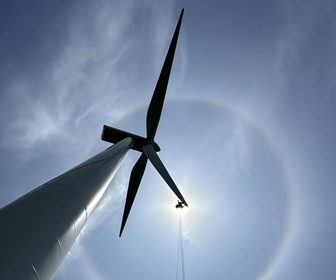- Category: Publishers Note
 Another bust and boom cycle ahead in the USA?
Another bust and boom cycle ahead in the USA?
During almost three months in office, the new administration in the USA has taken several actions regarding wind energy. Initially, it instituted a six-month halt on new offshore wind leasing across the Outer Continental Shelf and paused new permits for both onshore and offshore wind projects. At the time, it was stated that existing leases would remain in place but would be subject to review for potential changes or cancellations.
- Category: Publishers Note
 Global wind energy markets: Chinese dominance and expanded EU industrial policy
Global wind energy markets: Chinese dominance and expanded EU industrial policy
According to 2024 data from Wood Mackenzie, Chinese wind turbine manufacturers now lead the global market, with Goldwind, Envision and Mingyang securing the top three positions for the first time. Goldwind installed 20GW – an increase of over 20% compared with 2023 – while the Chinese market grew by nearly 12% to reach a record 80GW, accounting for more than 60% of global capacity.
Outside China, wind installations fell by 9%, impacting several Western original equipment manufacturers. Companies such as Vestas – the leading non-Chinese manufacturer – and Siemens Gamesa, which led offshore installations despite delays, restructured operations, outsourced production to Asia, and simplified product portfolios in response to challenging market conditions. These measures reflect the pressure on established Western firms as they adapt to lower installation volumes and shifting global dynamics.
- Category: Publishers Note
 US energy policy shifts under new executive orders
US energy policy shifts under new executive orders
In my note from the November/December issue, I highlighted potential actions President Trump might take upon returning to office. Recent executive orders signed by him confirm a significant shift in US energy policy, particularly regarding renewable energy development.
The Inflation Reduction Act and the Infrastructure Investment and Jobs Act – key components of the previous administration’s climate and infrastructure strategies – are now under review, with a six-month pause on the disbursement of associated funds. This includes allocations for electric vehicle charging networks and renewable energy projects. Federal agencies are required to ensure programmes align with the administration’s priorities of energy affordability, independence and economic security, with stricter oversight from the Office of Management and Budget.
- Category: Publishers Note
 The impact of Trump’s re-election on onshore and offshore wind energy
The impact of Trump’s re-election on onshore and offshore wind energy
Although Donald Trump has not outlined an official climate agenda, his previous actions and frequent criticisms of clean energy provide a sense of what might be coming. However, completely reversing Biden’s clean energy investments will prove challenging. These investments are embedded in the Infrastructure Investment and Jobs Act and the Inflation Reduction Act, both of which passed through Congress. To repeal these laws, Trump would need majorities in both chambers and during the last election the Republicans have won the majority in both the Senate and the House.
- Category: Publishers Note
 Mixed financial results for wind turbine manufacturers in first half of 2024
Mixed financial results for wind turbine manufacturers in first half of 2024
The financial performance of wind turbine manufacturers in the first half of 2024 reveals varied results across the sector. Vestas reported a mixed financial outlook for 2024. The company narrowed its revenue expectations to € 16.5–17.5 billion, with EBIT margin expectations adjusted downward to 4 to 5%. This revision is primarily due to increased costs in the service segment.
- Category: Publishers Note
 Traditional oil and gas companies backing out of wind energy
Traditional oil and gas companies backing out of wind energy
In recent developments, big oil and gas companies such as bp and Shell are stepping back from their investments in offshore wind energy. This shift is driven by a mix of financial, strategic and market reasons, marking a significant change in their approach to renewable energy.
- Category: Publishers Note
 Is the EU’s investigation into Chinese wind turbine manufacturers justified?
Is the EU’s investigation into Chinese wind turbine manufacturers justified?Windtech International wants to make your visit to our website as pleasant as possible. That is why we place cookies on your computer that remember your preferences. With anonymous information about your site use you also help us to improve the website. Of course we will ask for your permission first. Click Accept to use all functions of the Windtech International website.










